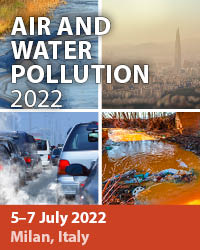A Choice Experiment Approach To The Valuation Of Air Pollution In Mashhad, Iran
Price
Free (open access)
Transaction
Volume
15
Pages
12
Page Range
33 - 44
Published
2011
Size
3,546 kb
Paper DOI
10.2495/EHR110041
Copyright
WIT Press
Author(s)
M. Ghorbani, S. Kulshreshtha & A. Firozzarea
Abstract
This study describes the results of a survey carried out in Mashhad, Iran. The survey was designed using choice-modeling techniques and intended to discover what valuation Mashhad residents placed on air pollution and the abatement of air pollution. The survey results were analyzed using a nested logit (NL) model. This analysis then allowed a consideration of the improvements in household welfare that might be expected under different scenarios of air pollution control. Researchers sampled two populations: inhabitants of areas with high air pollution and inhabitants of areas of moderate pollution. The results indicated that the inhabitants of the areas suffering the worst air pollution had the highest willingness to pay (WTP) for a reduction in pollution. Keywords: air pollution, choice modeling approach, nested logit model, household welfare, Iran. 1 Introduction Ever since the start of the Industrial Revolution, economic development and environment have been at odds with each other. According to the WCED [1], current environmental trends, if continued, will radically alter the planet and threaten the lives of many species upon it. As awareness of the danger has grown, environmental protection has been increasingly recognized as a principle concern (Gurluk [2]). One alarming environmental trend in Iran is an increase in air pollution in major cities and the surrounding countryside. This has led to an increased public
Keywords
air pollution, choice modeling approach, nested logit model, household welfare, Iran





